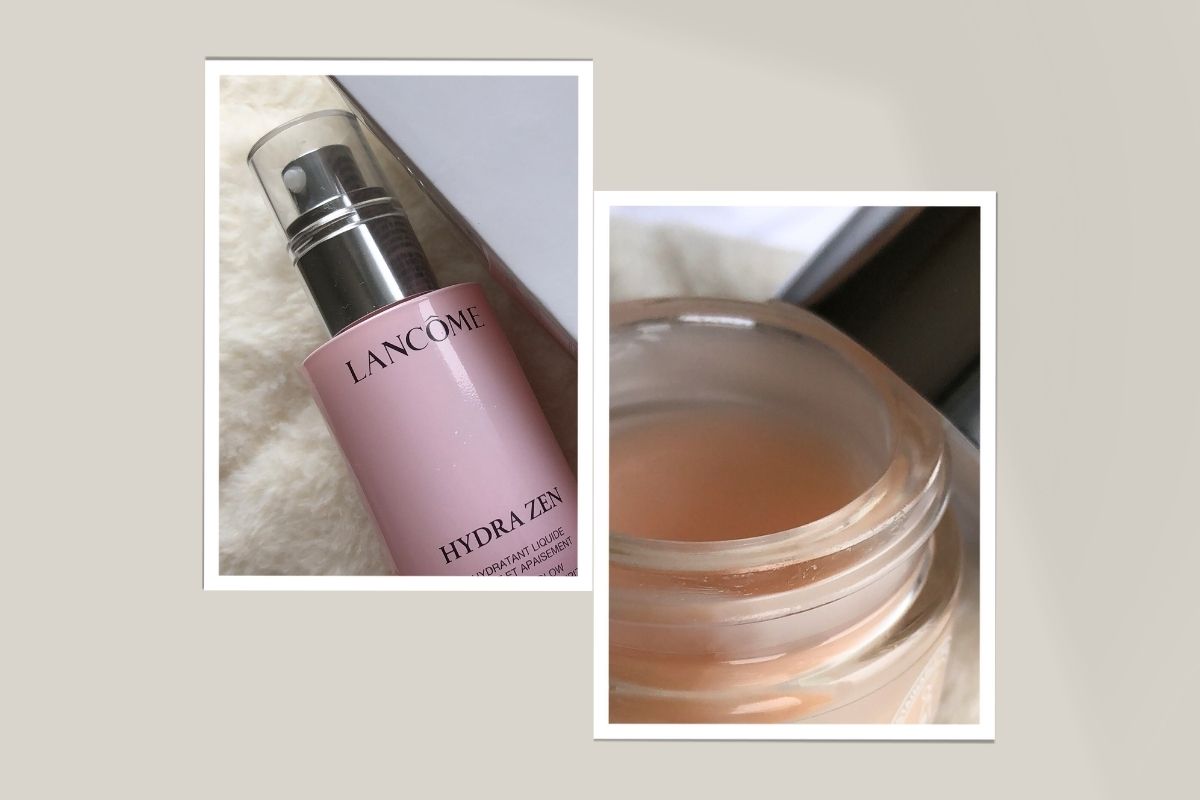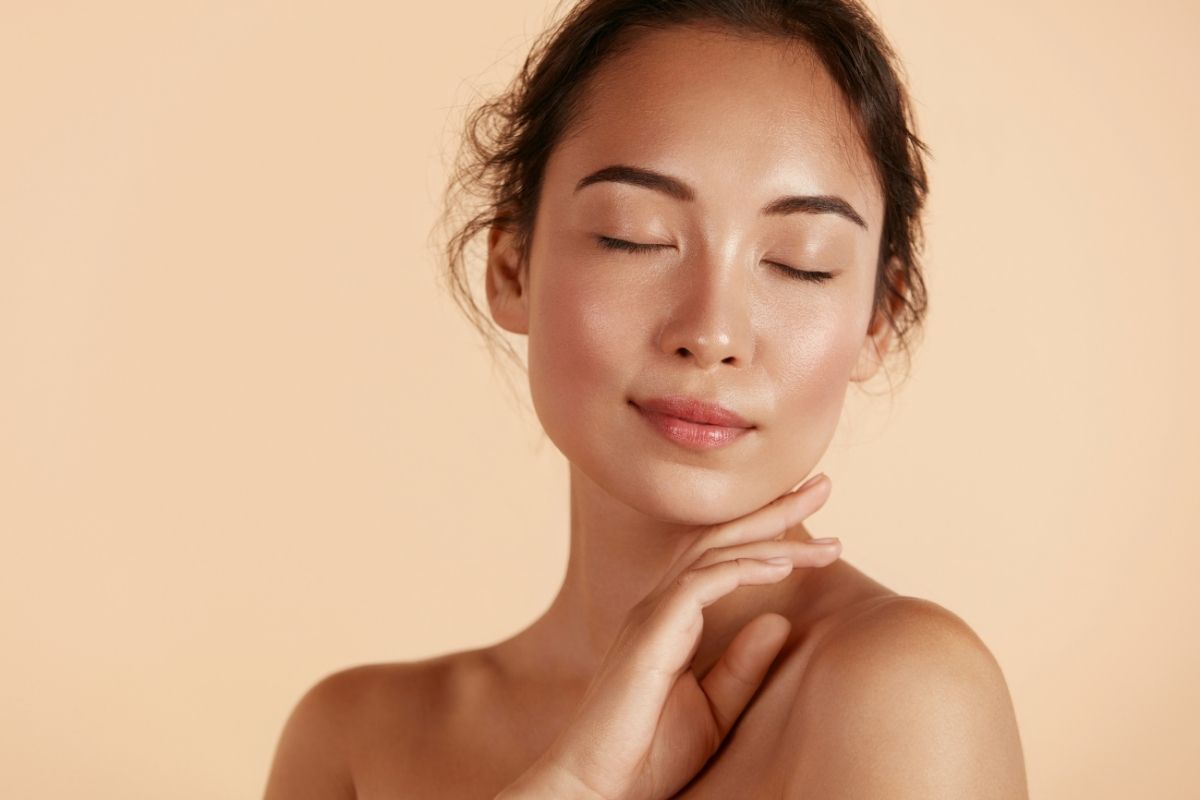I’ve considerably reduced the number of skincare products I use. But I still pile face masks because they are the absolute best part of my skincare routine! They work and they work fast! And there’s no denying that they give you an instant mood boost. That’s why I always have a couple of favorites that I reach for any time of the day.
But unless you’re a regular masker, you can’t possibly know the difference between an exfoliating mask and a clay mask. And that’s OK! Because there are so many! To help you find the right face mask to reach for when your skin needs a quick pick-me-up, I’ve listed below different types of face masks, what they do, and how they work. Dig in!
Types of Face Masks
1. Clay Masks
Clay masks are the most common type of face mask used in skincare. These are usually made with some sort of clay and depending on that, they can come in different colors like pink, green, or grey. Clay masks are great for all skin types but their most important benefit is that they reduce shine, mattify skin, absorb oil, and help clean up blackheads. They can contain chemical exfoliants such as salicylic acid to help unclog pores and minimize acne too.
2. Charcoal Masks
Charcoal masks are made with charcoal powder and usually contain a mix of clay. Unlike typical clay masks, charcoal masks tend to feel a bit creamier, making them easier to apply and remove and a little less messy. They work for all skin types and offer a quick way to reduce shine and oil and minimize blackheads without overdrying your skin.
3. Mud Masks
Mud masks are made of some sort of mud combined with charcoal or clay. They tend to be skin-friendly in that they don’t strip your skin or dry it out. They’re usually anti-bacterial and possess natural exfoliating benefits.
4. Cream Masks
Cream masks have a heavy creamy consistency and they apply like a thick face cream. A cream mask sinks into the skin and disappears as it absorbs. This type of mask is excellent for providing moisture in a relatively short time. Most cream masks don’t require rinsing -maybe just a little bit of blotting. Most of them are suitable to use as leave-on overnight face masks too. They’re the absolute best for dry skin.
5. Gel Masks
Gel masks are lighter than cream masks and most of them do need rinsing off. These types of masks are usually made with hydrating ingredients like hyaluronic acid and aloe vera and form a very thin layer on the skin. They’re very comfortable to use, apply, and rinse. Gel masks can be used for several skin concerns like dryness but depending on the rich formula, they can provide anti-aging benefits like brightening dark spots as well.
6. Sheet Masks
Sheet masks are single-use face masks that usually cover the entire face. Most of them are very quick to hydrate the skin. However, they’re becoming less popular for two reasons. First, they’re wasteful as they’re single-use products. And second, they limit movement as they can slide and slip on the skin. So they can be messy and are not environmentally friendly.
7. Hydrogel Masks
Hydrogel masks work similarly to sheet masks in that they’re single-use as well. However, they are more convenient as they’re less slippery and they adhere to the skin better. Most hydrogel masks are for the under-eye area in the form of eye patches or wrinkle patches. Compared to the traditional sheet masks, they’re more user-friendly but also more expensive.
8. Peel-off Masks
These masks are most known for helping to reduce the visibility of blackheads and congested skin. Peel-off masks usually apply like cream and as they dry down, they adhere to the skin. You don’t rinse them off with water but remove them by peeling them. They’re perfect for oily skin but any skin type can use one, especially to address blackheads on the nose and the chin.
So these are the different types of face masks you can use in your skincare routine. As you can see, the possibilities are endless when it comes to masks! Some need rinsing and some can be left on overnight. Some dry down fast and some require rubbing. And some can warm when applied and some can cool. And again, they’re fun!
Tips for Using a Face Mask
- Always apply your face mask on clean skin! Your mask will work better when there’s no dirt or oil standing between your skin and the mask. So wash your face with your cleanser. Do your face mask. Then rinse with water.
- If you’re using a sheet mask, pat the remaining serum into your skin to make it work like a face serum. You don’t need to cleanse your skin after a sheet mask. Also, consider using a Jade roller to go over the sheet mask and massage the serum into the skin.
- Clay and charcoal masks are great for use after a shower. The steam makes the mask work better to draw out dirt and grime sitting inside the pores.
- Consider multi-masking where you apply different masks on different areas of the face. This makes the whole thing a lot more targeted where you give each area exactly what it needs. As an example, use a clay mask on the T-zone and a cream mask on the rest of the face.
- Certain types of masks such as exfoliating masks can be too drying when you leave them on for too long. So don’t use the mask any longer than what the instruction on the product says.
- Consider keeping your face mask in the fridge for cooling and de-puffing benefits. Gel masks and overnight masks are especially suitable for this.
Read Next: Best Face Masks for 20-Something Skin




